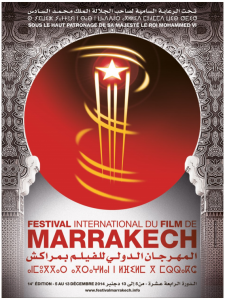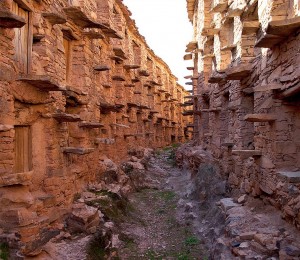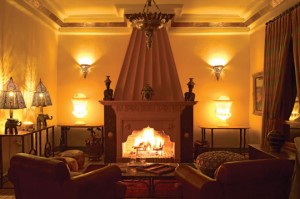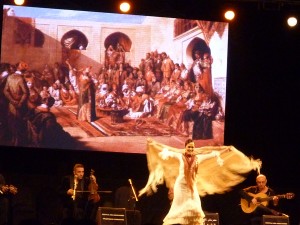Archive for November, 2014
The Marrakech International Film Festival is now in its 14th year. The festival will take place in Marrakech from December 5th – 13th, 2014. Founded in 2000 as a means to promote Morocco as a production destination on the international film circuit, it is now responsible for an influx of film…
Morocco is such a melting pot of cultures and identities. The Berbers (or Amazigh; plural: Imazighen, meaning “free men”) were Morocco’s indigenous peoples, settled in the north-western corner of Africa across modern-day Morocco, Mauritania, Algeria and beyond, long before the arrival of Arabs from the East in the 7th century….
Morocco is the perfect travel destination regarding of season. Visiting Morocco in winter can make for a rewarding holiday travel experience. The period around Thanksgiving, Christmas and New Year is a popular time to take vacation and a great time of year to get away from it all. Morocco is…
The Festival des Andalousies Atlantiques (Atlantic Andalucía Festival) celebrated in October 2014 its 11th year in Essaouira, on Morocco’s Southern Atlantic coast. It is now a well-established fixture in the annual schedule of this festival city, alongside the Gnaoua World Music Festival (which held its 17th edition in Essaouira –…





